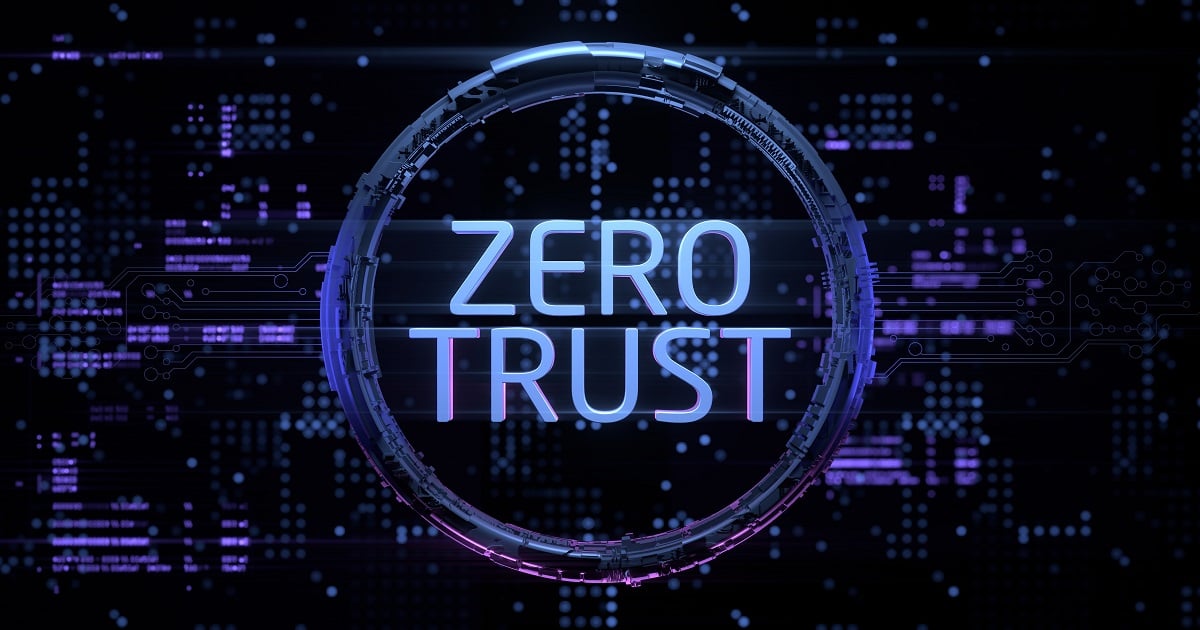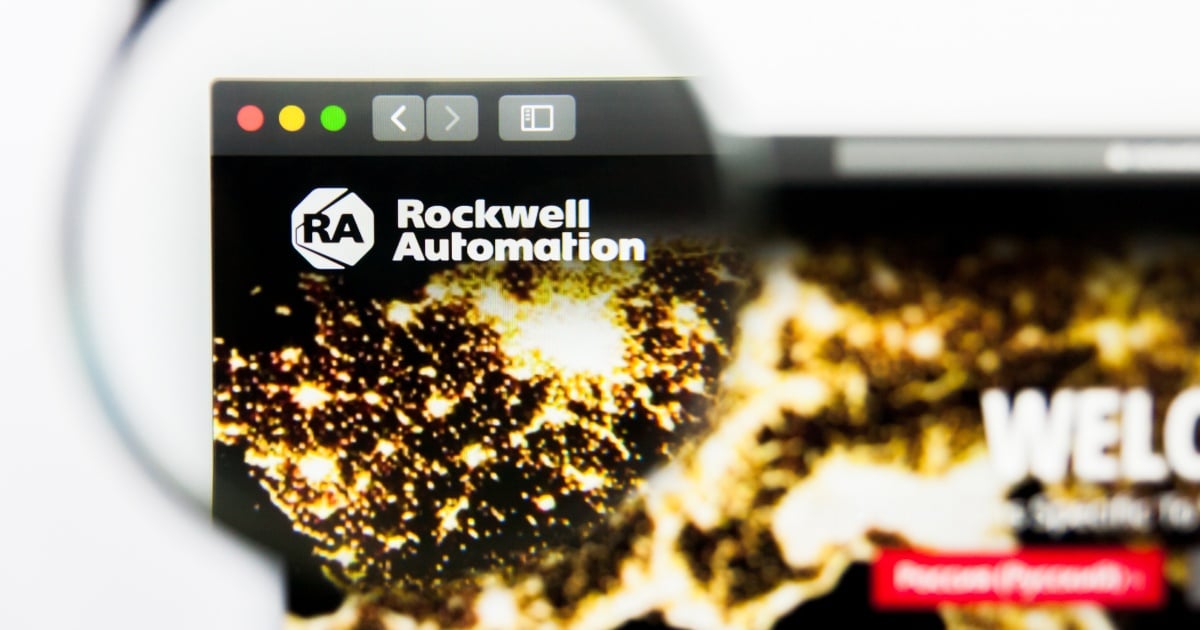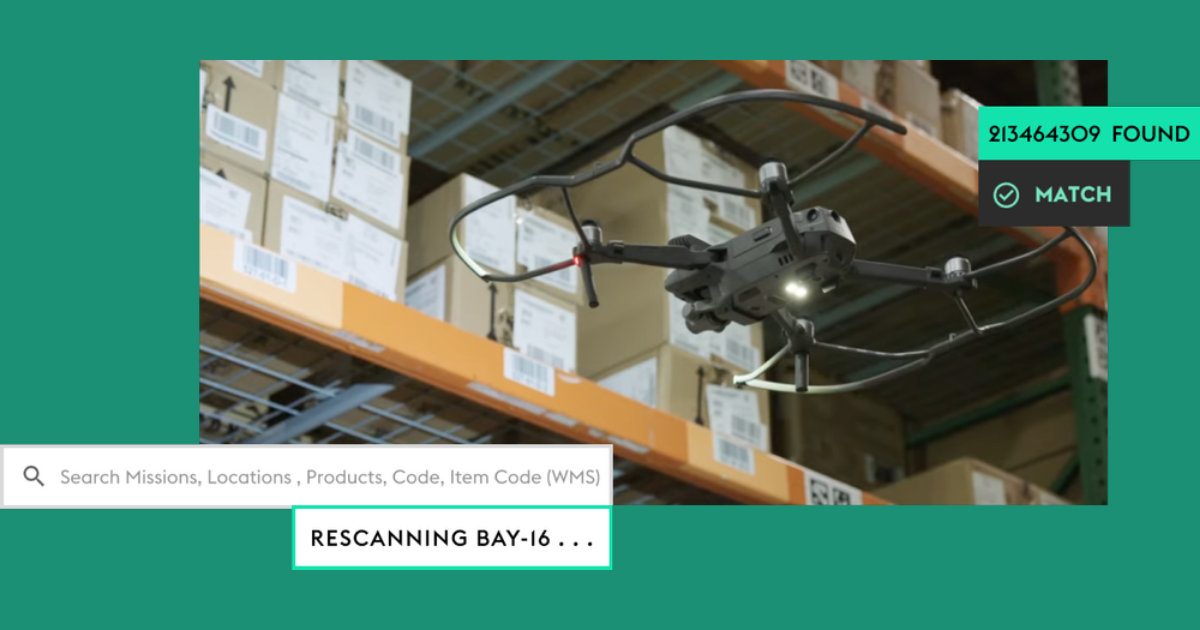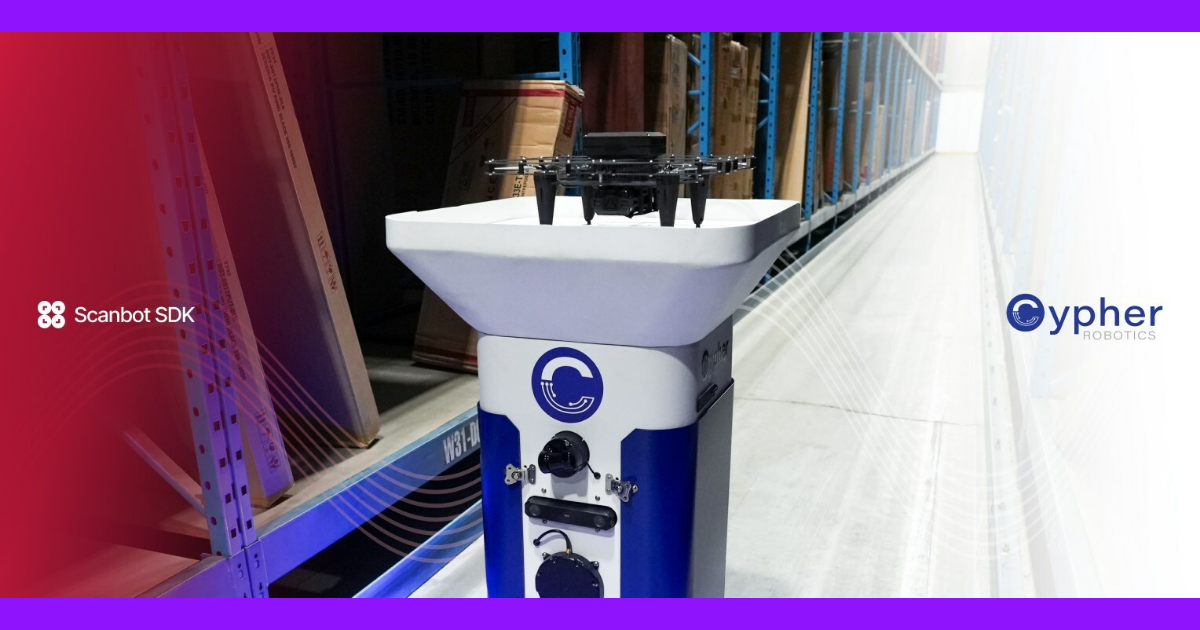
The increasing impact of the growth of renewable energy on transmission and distribution power networks is driving disruption and the need for main grid and microgrid operators to transform their systems to enable more adaptive power flow control for the important balancing of generation and load.
The role of data and communications networks is becoming even more mission-critical, as the way forward in a “mixed environment” requires reliable real-time communications and data management, which can enable more economically viable energy delivery. The applications for IoT and Industrial IoT (IIoT) are endless, as we are now well into the “Internet of Energy” – or IoE.
This is one of the topics a panel of experts discussed at ZEDEDA Transform – a virtual, high-level edge and IoT event being sponsored by ZEDEDA, which took place Wednesday, August 19.
One of the presenters in the energy solution session during Transform was Chris Swan, Chief Revenue Officer for Dispersive, a programmable network as a service company specializing in mission-critical communications for IoT and IIoT deployments. Dispersive has years of experience in the energy sector and will share examples of the challenges solved to date, and the massive new challenges that are coming up as the energy industry is being completely digitally transformed.
“We have a reference architecture,” Swan said. “The evolution of IT to IoT has shown that networks can be connected in an autonomous way bringing together the edge where real-time compute can happen at very low latency, with the cloud, where analytics and other actions can be performed, which is especially valuable for physically distributed systems which connect tens of thousands of devices,” Swan said. “We are now able to build highly intelligent ecosystems, leveraging open approaches, and working together with complementary partners.”
Swan said that in the future all energy grids will be made stronger and more profitable using IoT and IIoT solutions, that are built and run by sophisticated technology and business ecosystems, and in the case of the energy sector, on Energy Operating Systems (EOS) that make exchanges and interconnections work.
“We have now proven that assets and devices can be developed into a distributed energy network with virtualized and software-defined control platforms,” Swan said, “but we are only at the beginning of this revolution. Standards bodies around the world are cooperating with vendors and enterprises to create an open platform for next-generation energy-oriented smart industry applications that can power smart cities, smart transportation systems, and much more. It is exciting to see more and more governments, businesses, and families choosing sustainable energy alternatives, which has driven us to this important time in history when a decentralized future energy system is within reach. The impact on the environment will be positive and long-lasting.”
In a distributed energy resources based energy system, tasks for control and management are more challenging than those that run “closed garden” single energy environments, and the IIoT blueprint has become an important reference for those seeking to expand distributed and efficiently connected and managed microgrids. The availability of lower-cost cloud computing and higher speed network protocols (including 5G) is also having a positive impact on the advancement of digitally managed systems and the all-important related big data requirements.
“Creating and leveraging data at the edge is extremely important,” Swan explained. “Mesh networking technologies are arriving just in time, as are edge to cloud networking solutions which can support big data streams being pumped into the Cloud from devices for data analysis and centralized management. Sending all the energy data to the Cloud for analysis poses a risk of data bottlenecks, as well as security concerns, which are challenges we have been addressing and conquering for several years now.”
The Internet of Energy will be about more than just connecting devices to a common network. The value comes from the collecting of data, analysis of data through analytics, and the ability to make critical decisions quickly – but Swan says none of this will work if every layer of the stack is not fully secured.
“We were honored to join highly regarded industry experts at the virtual event ZEDEDA sponsored,” Swan said. “Together, as an ecosystem, we can create and enhance a combined energy platform, that so many can benefit from, focusing on the interoperability between devices, the performance of their functions, the state of the device health, and overall reliability, which is, of course, the key to ensuring resilience and cost-efficiency. Every aspect of the future IoE needs to work, which is why collaboration, cooperation, and interworking is so critical, and this is done through quality ecosystem partnerships.”
The growing popularity of distributed energy is like the historical evolution of computer systems. Consider how the smaller size and lower cost of computers enabled individuals to buy and run their own computing power. Today, the same trend in energy technologies is enabling individual business and residential consumers to purchase and run their own energy systems but implementing distributed energy platforms is far more complex.
“In fact, the creation of the IoE is probably the greatest application for IIoT approaches and architectures,” Swan said. “We can do this today with proven big data, cloud computing, edge computing, and networking advances. This is not to say we will not have enormous challenges ahead – in fact, I don’t believe any single company or standards body, utility, or government regulator can solve for them without working with each other.”
Swan spoke about the following problems as part of the panel:
- Cost, flexibility, and turn-up time of private connectivity
- Vulnerabilities / known risks of traditional VPN and MPLS solutions
- Decentralization of grid power sources, clean energy sources
- Increasing use of IoT and other elements that must be controlled
He also shared how Dispersive has addressed these problems with their SCADA-based virtualized networking solution for Distributed Energy Resource (DER) sites for Grid Management using Internet and LTE connectivity:
- Improves network security while replacing expensive MPLS network with Internet connections
- Improves access reliability for critical sites through hybrid WAN aggregation
- Securely expands visibility and control of DERs
- Lowers per connection costs for market participants
- Accelerates participant onboarding and improves customer experience
- Minimizes migration challenges and risks
“Dispersive has been working for years in the energy industry, which has unique challenges given the distributed nature of the equipment, and the need for ultra-secure and reliable communications networks,” Swan said. “We’re honored to join a panel of esteemed experts, to exchange and share information on the implementations to date, and the future of energy solutions which can be monitored, managed and maintained from central locations, with the risk of attacks by adversaries dramatically reduced. With the right ecosystems in place, we can unlock tremendous value while addressing urgent matters associated with climate change and more.”
Arti Loftus is an experienced Information Technology specialist with a demonstrated history of working in the research, writing, and editing industry with many published articles under her belt.Edited by
Ken Briodagh





